Semonkong farmers brace for poor harvests
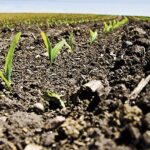
SHARE THIS PAGE!
By Matṧeliso Phulane
Farmers in Semonkong face the possibility of poor summer harvests owing to the current scorching heat which is feared to be a prelude to extreme El Nino-induced drought.
Their anxiety follows a warning made by the Famine Early Warning Systems Network (FEWS NET) in July this year that the food security situation in Lesotho was likely to worsen later this year when the El Nino conditions peak.
The adverse conditions were projected to affect the upcoming 2023/24 summer cropping season and lead to a decline in household food access early next year, the organisation further cautions.
It also noted that based on forecast probabilities and models at the time, there would likely be a rise in food prices during the post-harvest period – September/October.
FEWS NET stated that by late 2023, poor households would be expected to be in crisis due to increased market reliance on food purchases and reduced purchasing power as a result of above average food prices.
And more recently, minister in the prime minister’s office, Limpho Tau, said studies have revealed that 521 000 people in Lesotho will face food shortage between October 2023 to March 2024.
Tau said food deficit is estimated at 30 314 metric tonnes and, to mitigate, this shortfall government through the Disaster Management Authority, has secured donations including 702 metric tonnes of rice and 351 metric tonnes of wheat from China.
“Apart from that, the government managed to purchase 1287 metric tonnes of maize from local producers, and 240 metric tonnes of beans.
“However, the government has noted that there is still a shortage of 27 834 metric tonnes required to feed all the people who are at risk of hunger, and the government will continue to buy staple foods from farmers in Lesotho,” he further indicated.
In an interview with theReporter, a farmer from Tṧenekeng, Semonkong, Atoro Atoro, said they have already planted summer crops which have already germinated.
However, the ongoing drought seems to be tightening its grip, threatening to throw the entire cropping into disarray.
Atoro said as farmers they have little hope of the current hot weather conditions improving.
“There is still a bit of moisture after the recent rains, but that is not enough. Some fields retain moisture for longer, and these are the ones we are counting on for better yields.
“Farmers in our village have planted maize and wheat, which have more prospects of survival here. However, villages like Ketane are more suited for optimal wheat production.
“This way we engage in a barter system. We give them maize and they give us wheat. Luckily, crops like potatoes thrive most in these areas, and we are optimistic of good yields. We even sell potatoes to people from other parts of the country,” Atoro added.
Another farmer, ‘Matseko Sephola, has not yet cultivated her three fields lest she incurs expenses only to see poor returns.
In a recent interview, the chief agricultural information officer of the ministry of agriculture, food security and nutrition, Lereko Masopha, said farmers who are still skeptical about planting staple foods such as maize and sorghum should instead resort to vegetables and cash crops such as potatoes.
Masopha pointed out that there is crop assessment done annually by a team formed by different government ministries, to predict whether there will be food insecurity or not.
He, however, stated that the assessment has not been conducted this year, so it is too early to tell if there will be good harvests this season.
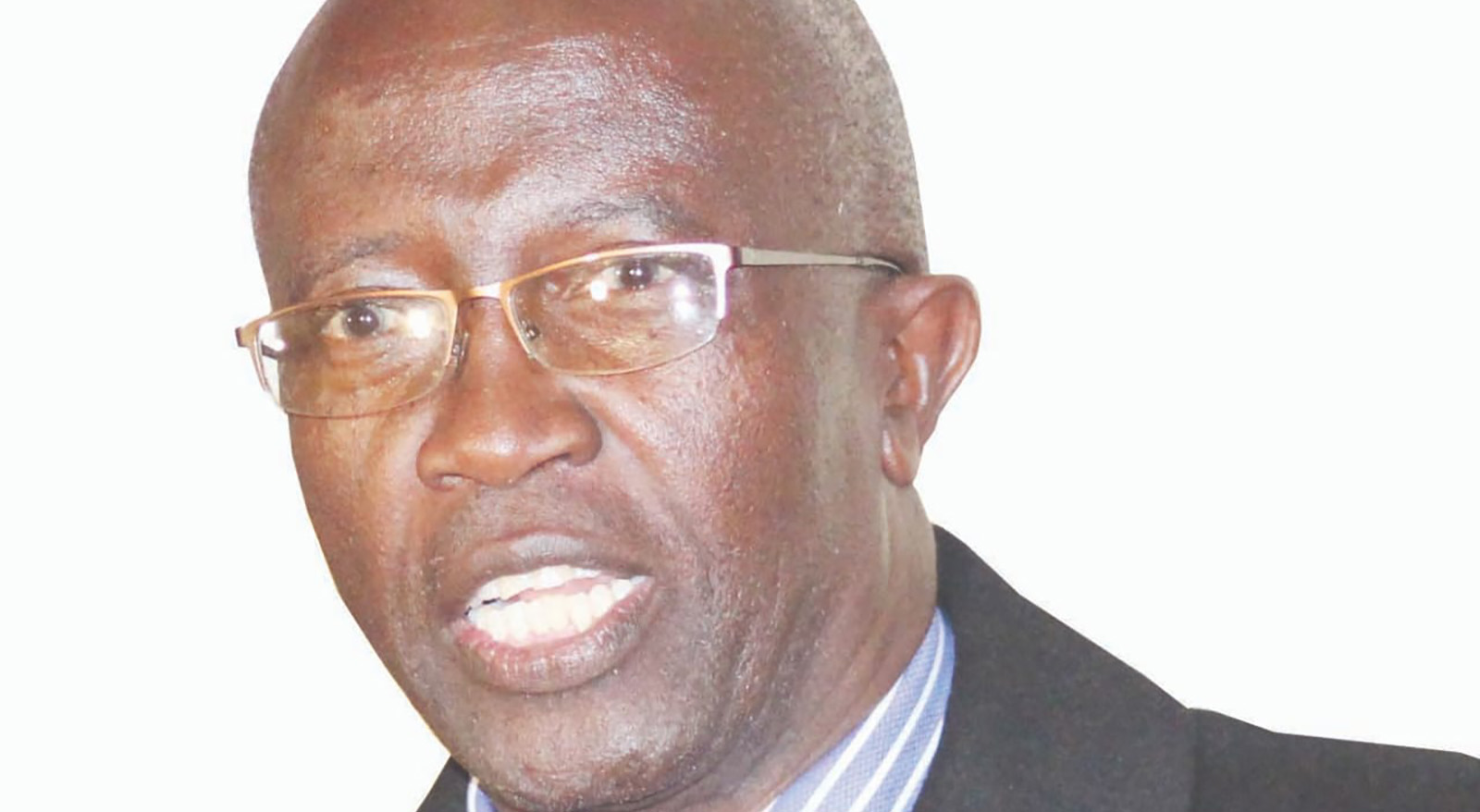
SECTION 2 calls for labour law amendment
7 days ago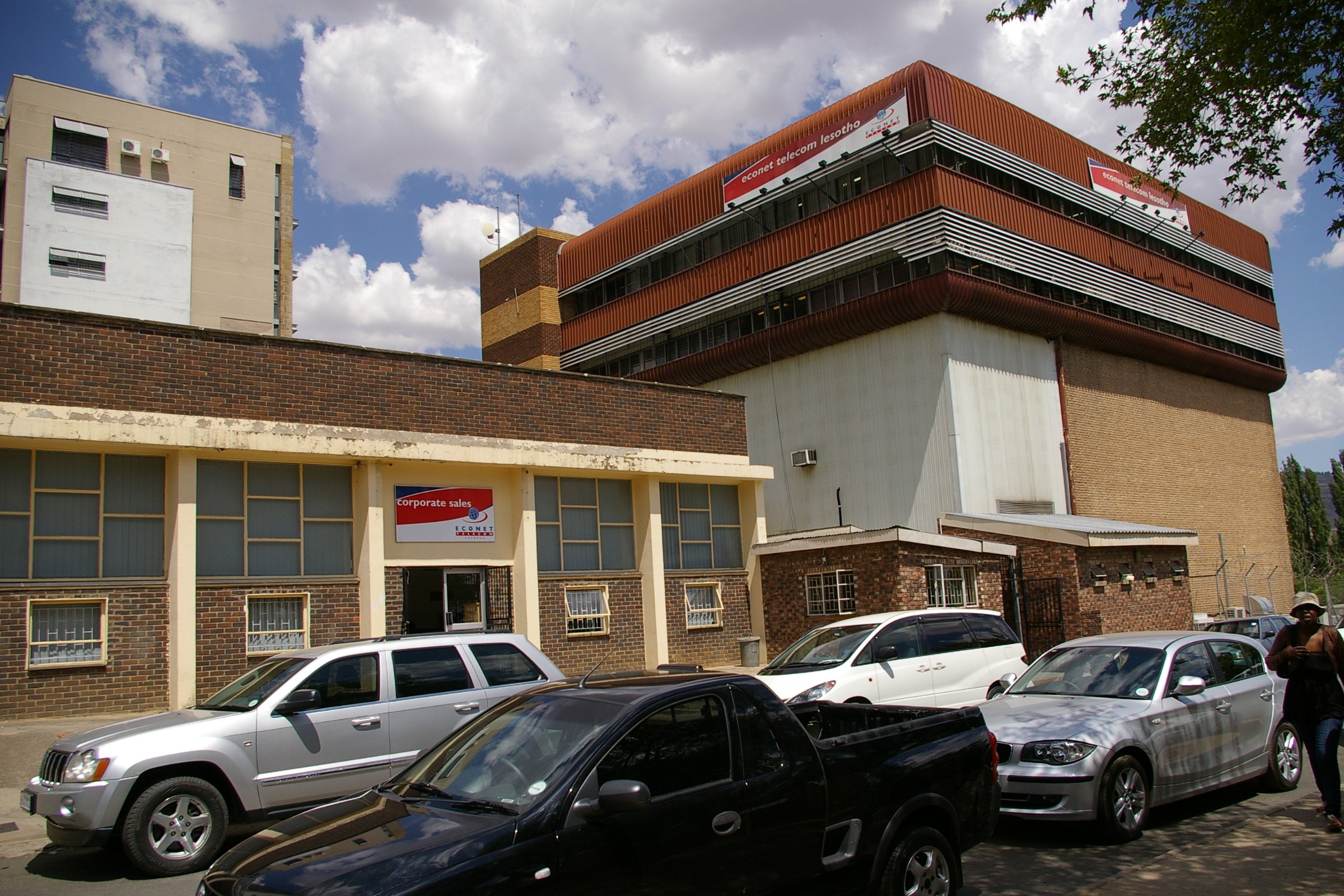
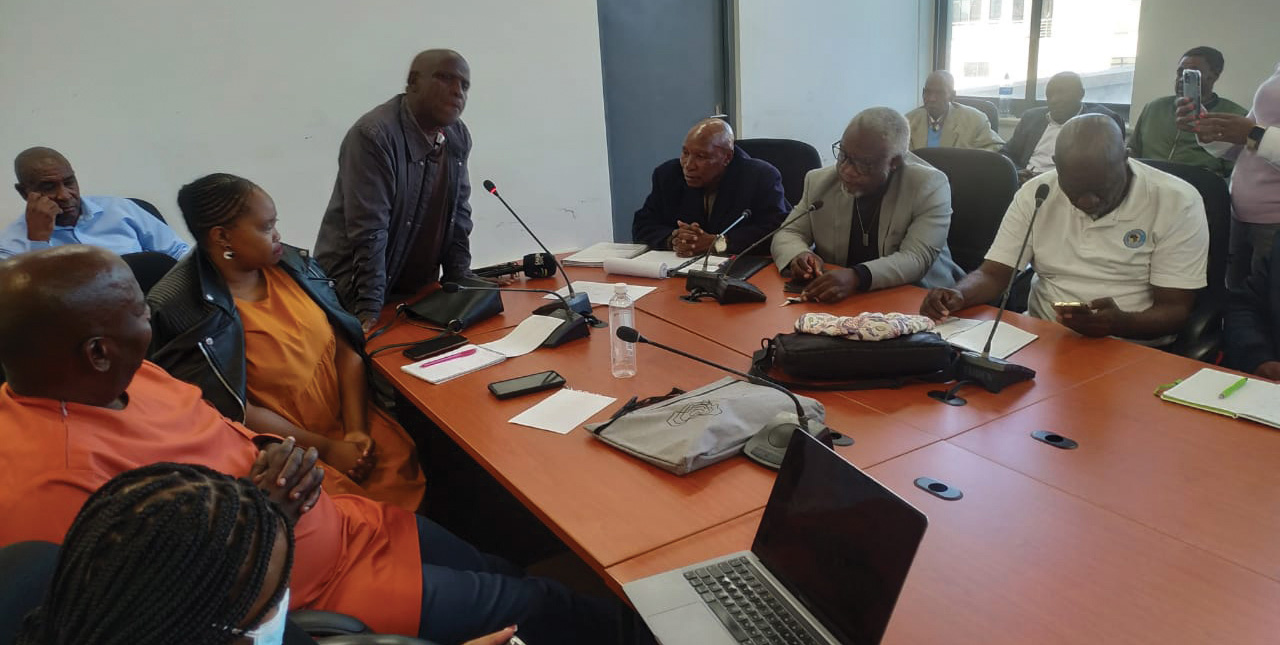
Thousands of ex-miners remain untraceable
7 days ago

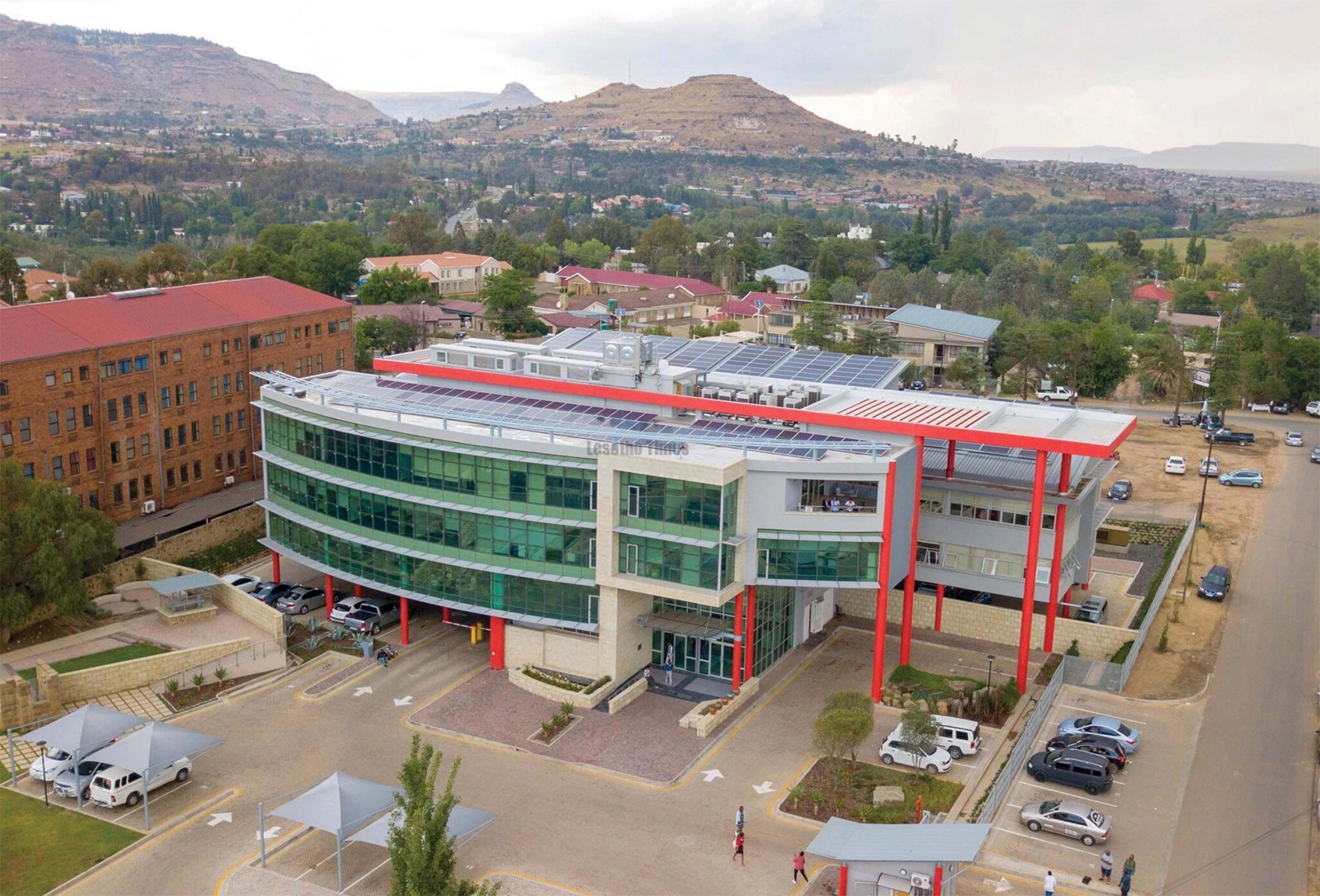
VCL warns against scammers
7 days ago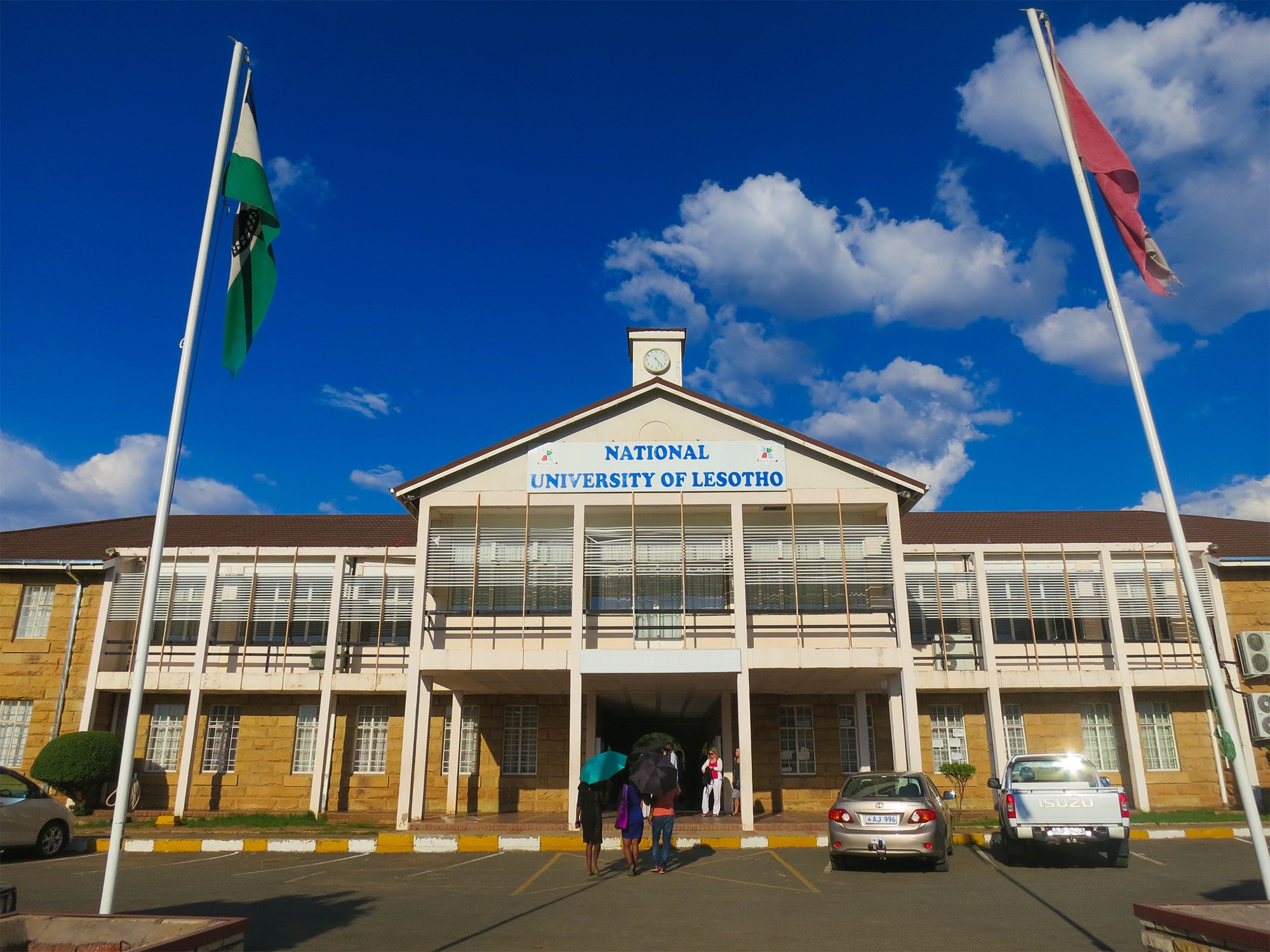
Scholars discuss global health issues
8 days ago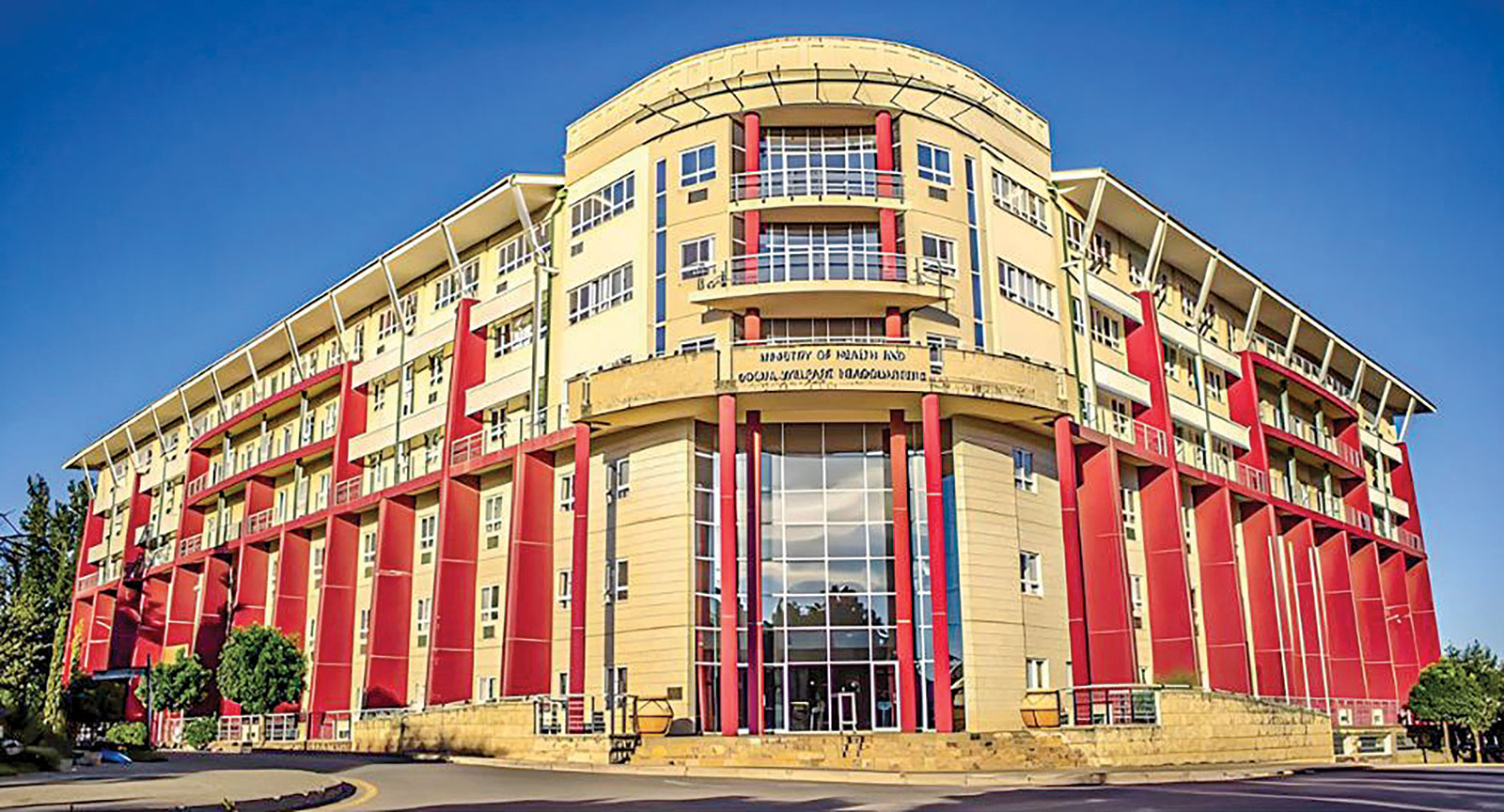

Gambling: A silent crisis among youth
8 days ago
BNP backs govt efforts in US tariff talks
9 days ago